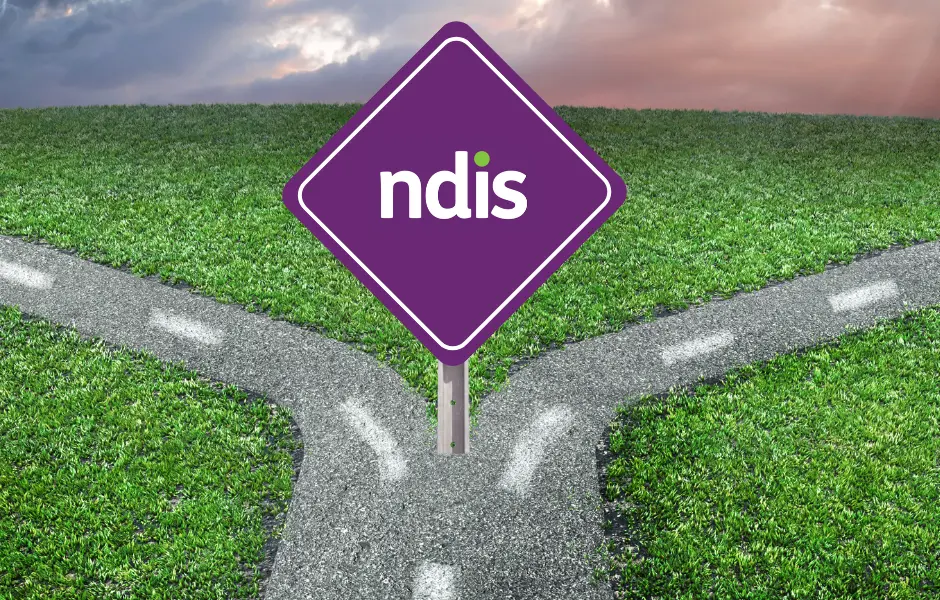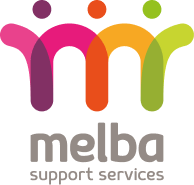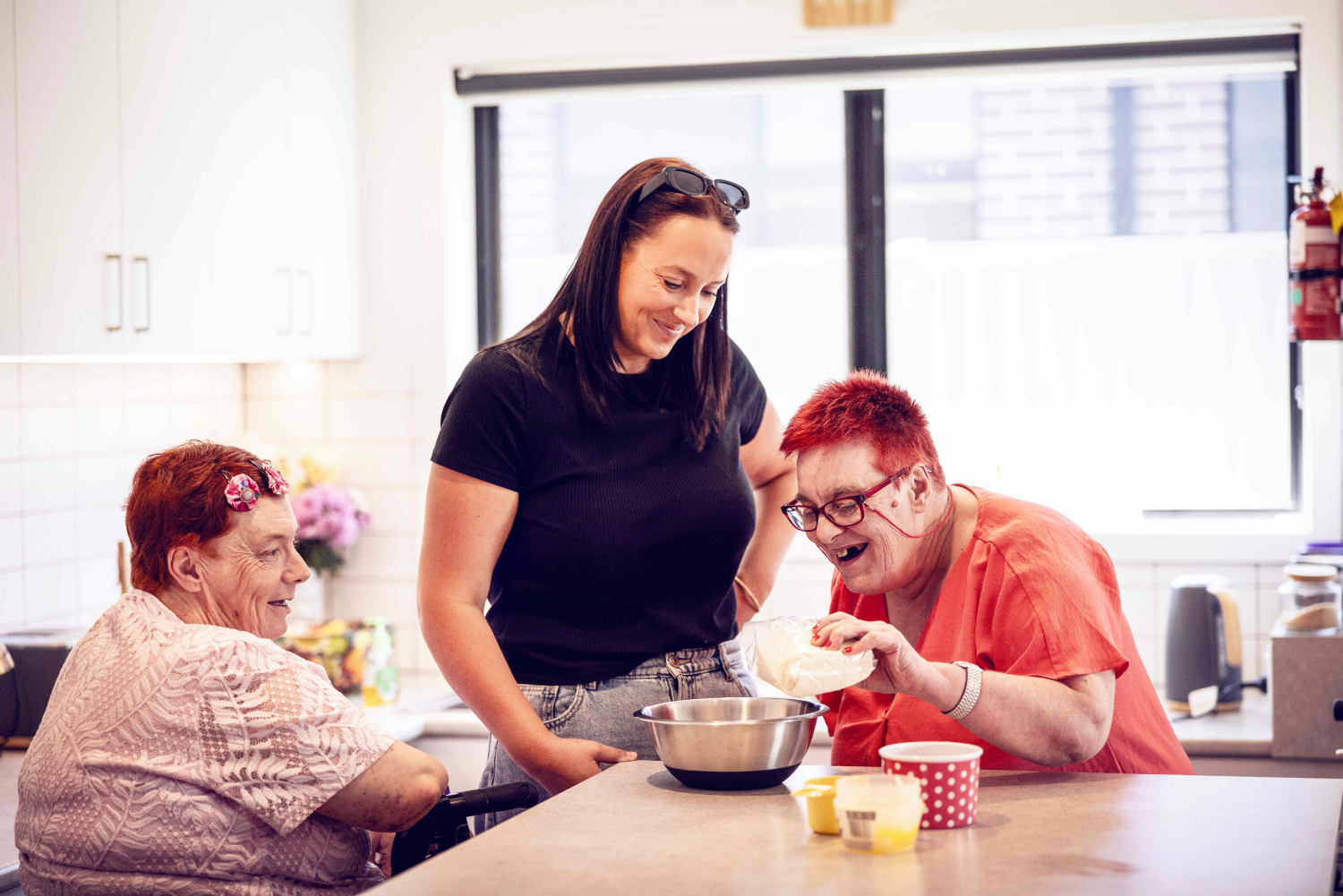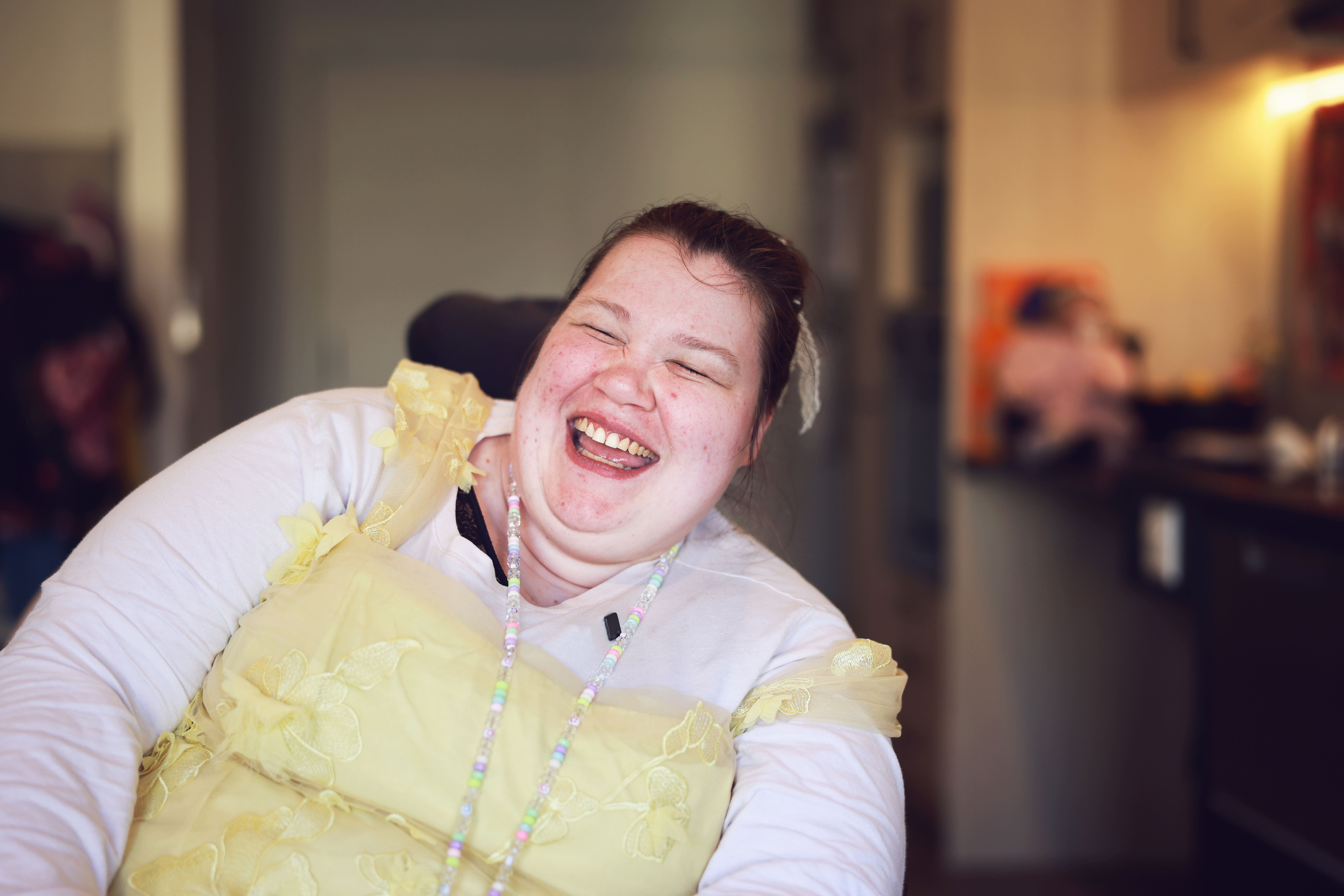The NDIS is at a crossroads – let’s make sure it turns the right way
September 5, 2025

The National Disability Insurance Scheme has changed Australia for the better, providing increased choice and seeing hundreds of thousands of people with disability living life their way. It’s one of the most important social reforms this country has ever seen.
But right now, the NDIS is under real pressure – and unless we fix some of the cracks in the system, the quality providers that keep it running may not survive.
The NDIS currently provides funding to about 740,000 people. That’s a huge achievement, but it comes at a cost – about $50 billion a year and growing fast. And while most of us agree that supporting people with disability is money well spent, the way that money flows through the system isn’t working the way it should.
Here’s the problem: out of more than 250,000 providers paid by the NDIS, less than six per cent are actually registered and held to quality standards. Yet unregistered providers – who aren’t subject to the same checks or safeguards – are receiving nearly a third of all NDIS payments. To put it bluntly, we have stricter rules for someone serving a pint at the pub than for some people providing personal support in someone’s home.
Registered providers – those who invest in training, safeguarding and appropriate systems – are struggling to survive. Why? Because the funding model doesn’t cover what it really costs to deliver safe, high-quality services. Everyone gets paid the same rate, whether they’re a registered organisation supporting people with complex needs such as Melba, or an untrained individual just starting out.
This has very real consequences. Many providers are running at a loss. Others are turning people away. Some are closing altogether. And when that happens, people are left without the support they need – sometimes ending up in being relocated to hospitals or aged care facilities, when all they really wanted was support at home.
It doesn’t have to be this way.
There are already great examples of what works. Evidence-based approaches such as active support show how funding can be tied to quality outcomes. Early childhood intervention programs prove that smart design can deliver real, lasting benefits. With disability, aged care and health now under one ministerial portfolio, there’s an opportunity like never before to get this right.
The NDIS is still young – as Disability Minister Mark Butler put it, it’s in its “teenage years”. Awkward, sometimes messy, but full of potential. The next few years will decide whether it grows into a strong, sustainable system or continues stumbling from crisis to crisis.
At Melba, and across the disability sector, we’re ready to be part of the solution. But we can’t keep doing more with less. The system has to recognise quality, not cut corners. It has to back providers who invest in doing things properly, not force them out of the market.
The NDIS has already changed so many lives for the better. Let’s make sure it keeps doing that – not just for today, but for generations to come.
At the end of the day this is about people, not numbers or systems. Everyone should have access to appropriate, safe, quality support that works for them.







